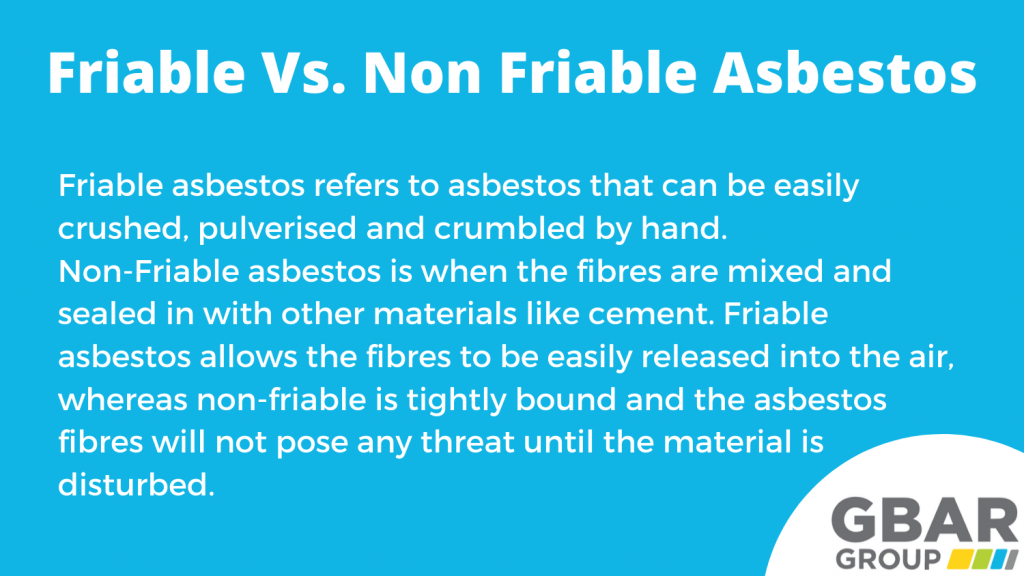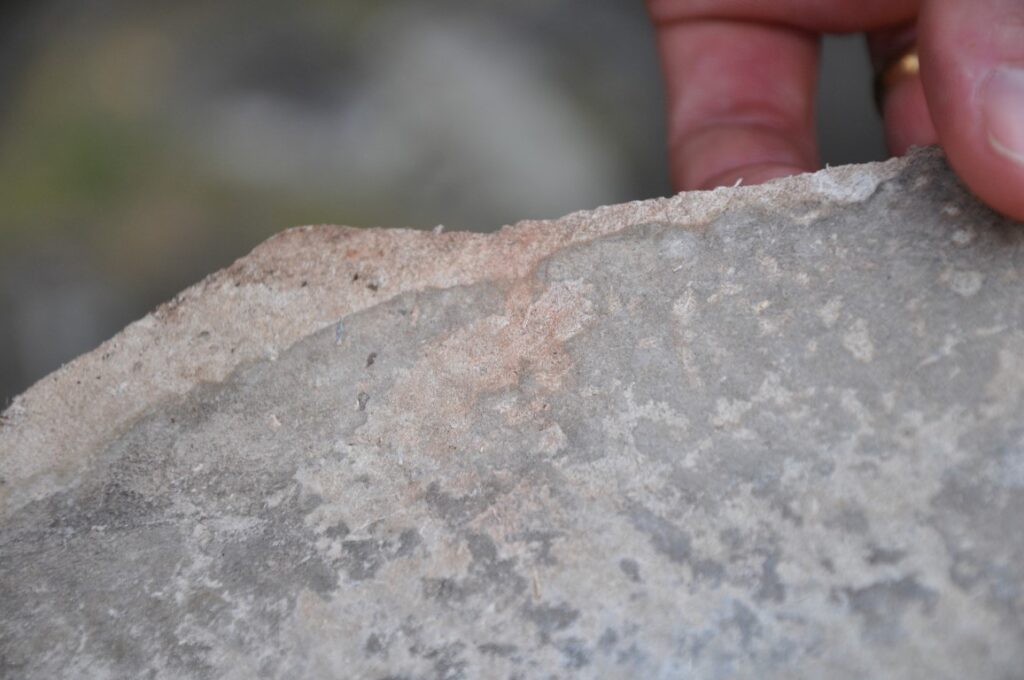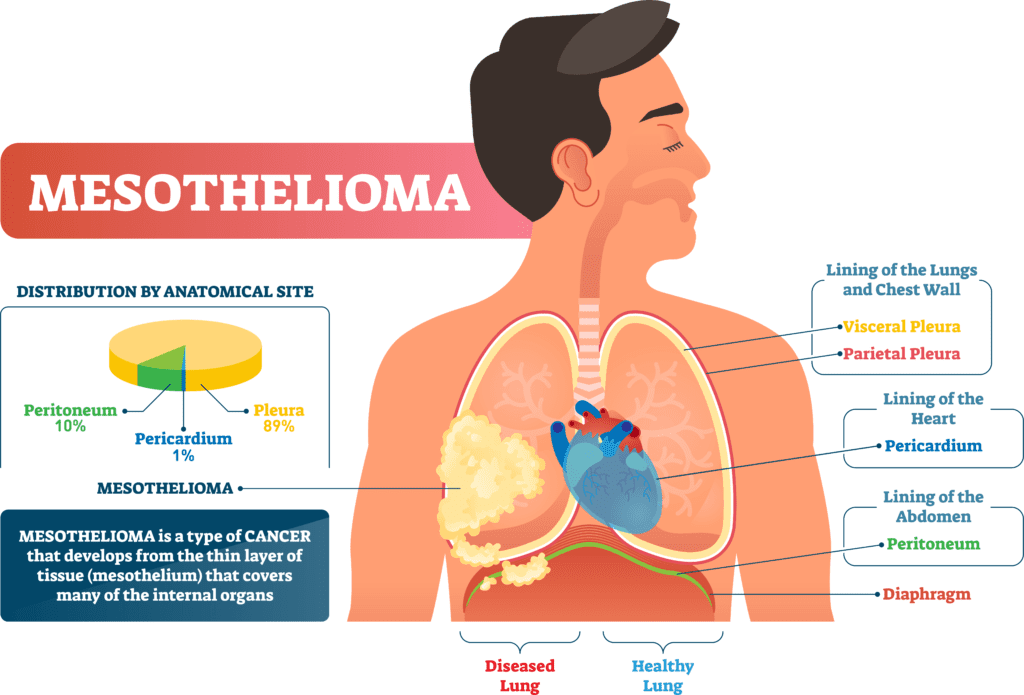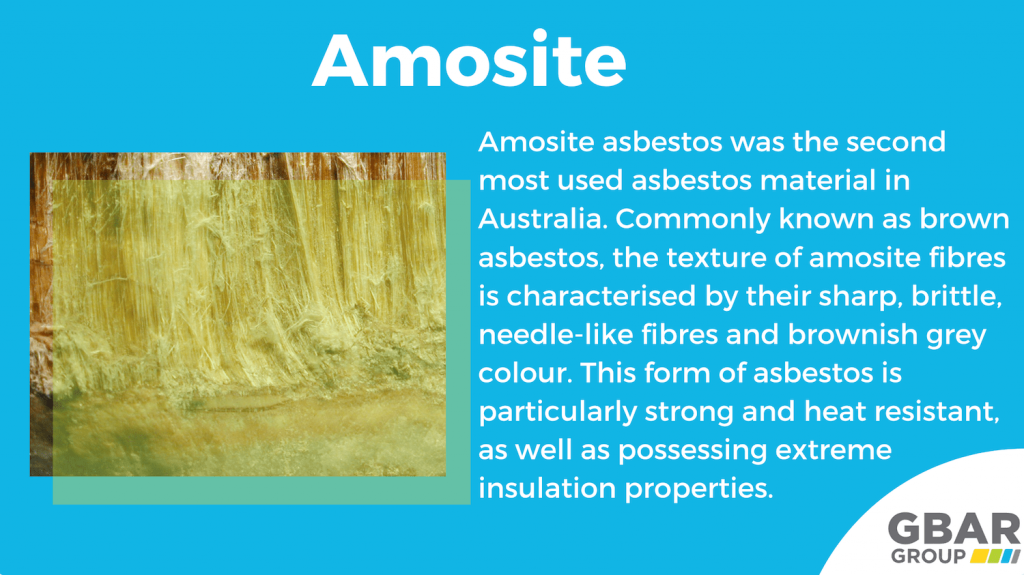Are you curious about the different colors of asbestos? Well, you’ve come to the right place! In this informative article, we will explore the question of whether asbestos can be brown in color. Asbestos is infamous for its association with health risks, but its appearance can vary. While asbestos is commonly known to be gray or white, it can indeed also be found in a brown hue. Stay tuned to discover more about this lesser-known aspect of asbestos and its potential implications.
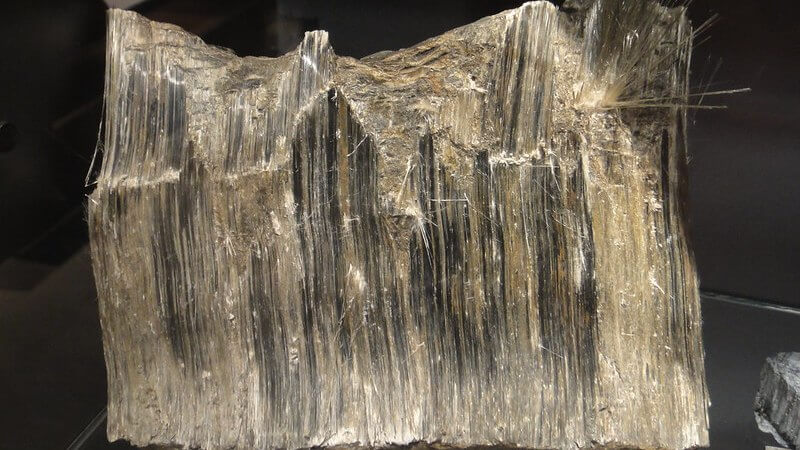

What is Asbestos?
Asbestos is a naturally occurring mineral that has been used in various industries for its heat resistance, strength, and insulating properties. It has been commonly used in construction materials, automotive parts, and even household products. However, its use has declined significantly due to the health risks associated with exposure to its fibers.
Definition of Asbestos
Asbestos refers to a group of six minerals that are made up of long, thin fibers. These minerals are chrysotile, amosite, crocidolite, tremolite, anthophyllite, and actinolite. The term “asbestos” is derived from the ancient Greek word meaning “inextinguishable” or “indestructible,” which reflects its durability and resistance to heat and chemicals.
Types of Asbestos
There are two main types of asbestos: serpentine asbestos and amphibole asbestos. Serpentine asbestos is characterized by its curly and flexible fibers and is primarily composed of chrysotile. Amphibole asbestos, on the other hand, has straight and needle-like fibers and includes minerals such as amosite, crocidolite, tremolite, anthophyllite, and actinolite. Brown asbestos falls under the category of amphibole asbestos.
Characteristics of Asbestos
Fiber Structure
The structure of asbestos fibers plays a crucial role in their properties and health risks. Asbestos fibers are thin and durable, with a high aspect ratio, meaning their length is much greater than their width. This structure enables the fibers to become easily airborne and inhaled.
Color Variations
Asbestos minerals can exhibit different colors, including white, blue, brown, gray, and even green. These color variations are influenced by differences in mineral composition, impurities, and other factors. While white asbestos is the most commonly used and recognized, brown asbestos also holds significance in terms of its properties and associated risks.
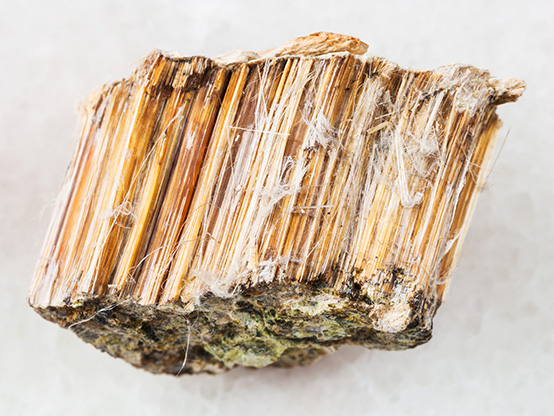

Common Colors of Asbestos
White Asbestos
White asbestos, also known as chrysotile, is the most commonly encountered form of asbestos. It is characterized by its fine texture and white color. Due to its resistance to heat and chemicals, it has been widely used in various industries, especially in construction materials such as cement sheets, insulation, and pipes.
Blue Asbestos
Blue asbestos, or crocidolite, is known for its blue-gray color and straight fibers. It is considered to be one of the most dangerous forms of asbestos due to its high resistance to heat and chemicals. Blue asbestos was commonly used in electrical insulation and spray-on coatings, and it poses a significant health risk when its fibers are inhaled.
Brown Asbestos
Brown asbestos, also referred to as amosite, derives its color from iron impurities in the mineral. It has a harsh and brittle texture, making it useful for materials that require strength and resistance to wear. Brown asbestos was commonly used in thermal insulation, cement products, and electrical insulation. While it is not as widely recognized as white or blue asbestos, it poses similar health risks when its fibers are released into the air.
Grey Asbestos
Grey asbestos, also known as tremolite asbestos, has a gray or gray-green appearance. It can exist in a fibrous or granular form, and it is typically found alongside other minerals rather than being used on its own. Grey asbestos has been primarily used in construction materials such as paints, sealants, and roofing products.
Green Asbestos
Green asbestos, also referred to as actinolite asbestos, has a greenish color. It is less common compared to other types of asbestos and is often found in metamorphic rocks. Green asbestos has been used in limited applications such as insulation, fireproofing, and acoustic materials.
Brown Asbestos
Description
Brown asbestos, or amosite, is characterized by its brown color and brittle texture. It is made up of needle-like fibers that are darker in appearance compared to other types of asbestos. The color of brown asbestos is a result of iron impurities in the mineral, contributing to its distinctive brown hue.
Physical Properties
Brown asbestos has unique physical properties that make it suitable for certain applications. It has a high tensile strength, which means it is resistant to breaking under tension. Additionally, brown asbestos is heat-resistant and has excellent insulating properties, which have made it a popular choice for thermal insulation and fireproofing materials.
Where is it Found?
Brown asbestos deposits are mainly found in South Africa and were historically mined in areas such as the Northern Cape province. However, mining of brown asbestos has significantly declined due to health concerns and regulatory restrictions. Nowadays, the use of brown asbestos is limited, with alternative materials being preferred in most industries.
Health Risks
Like all types of asbestos, brown asbestos poses significant health risks when its fibers are released into the air and subsequently inhaled. Prolonged exposure to brown asbestos fibers can lead to serious respiratory diseases, including asbestosis, lung cancer, and mesothelioma.
Regulations and Restrictions
Due to the health hazards associated with brown asbestos and other types of asbestos, many countries have implemented regulations and restrictions on its use. For example, in the United States, the Occupational Safety and Health Administration (OSHA) has set guidelines for workplace exposure limits, while the Environmental Protection Agency (EPA) regulates the handling, removal, and disposal of asbestos-containing materials.
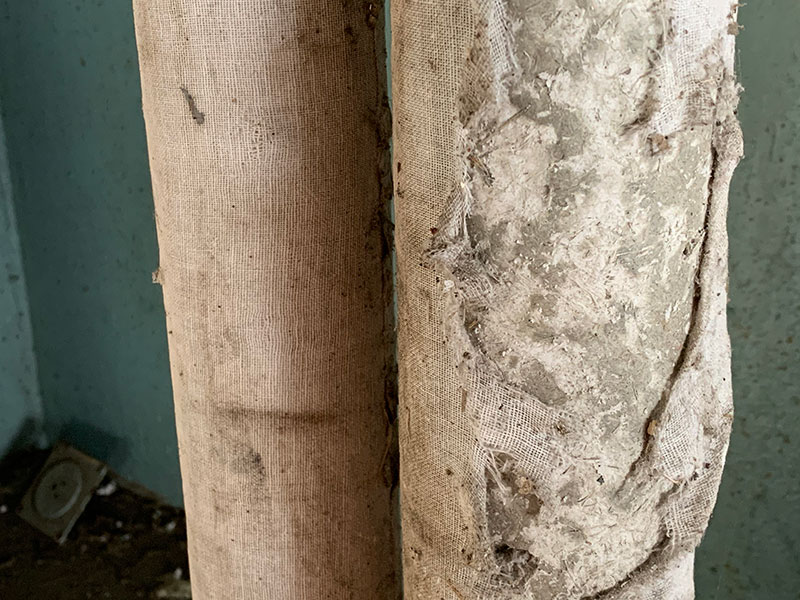

Comparison with Other Asbestos Colors
Differences in Color and Composition
The color of asbestos is primarily determined by the presence of impurities in the mineral composition. While white asbestos is predominantly composed of chrysotile, brown asbestos consists of amosite. These different compositions contribute to variations in the physical properties and potential health risks associated with each type of asbestos.
Different Uses and Applications
Each color of asbestos has been historically used in different applications based on its specific properties. For example, white asbestos, due to its flexibility and heat resistance, has been commonly used in insulation materials and friction products. Blue asbestos, with its high resistance to heat and chemicals, was prevalent in electrical insulation and specialized coatings. Brown asbestos, with its strength and insulation properties, found applications in thermal and fireproofing materials.
Identifying Brown Asbestos
Visual Inspection
Visual inspection alone is insufficient to definitively identify the presence of brown asbestos. Asbestos fibers are microscopic and cannot be identified by the naked eye. Therefore, it is necessary to obtain samples for laboratory testing to confirm the presence of brown asbestos in a material.
Laboratory Testing
Laboratory testing is the most accurate method for identifying the presence of brown asbestos. The sample is analyzed using polarized light microscopy (PLM) or transmission electron microscopy (TEM) to determine the asbestos content and type. The testing process ensures accurate identification and allows for appropriate safety measures to be implemented if brown asbestos is present.
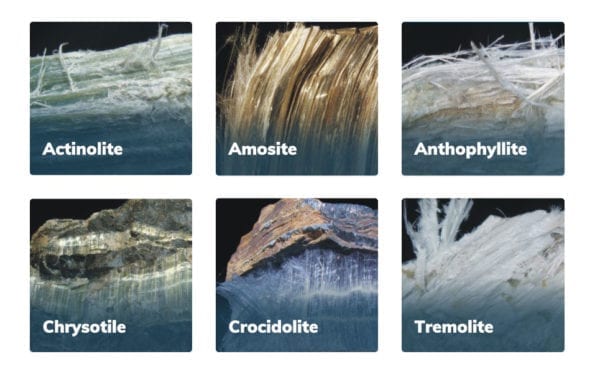

Safety Measures
Handling and Removal
When dealing with materials that may contain brown asbestos, it is essential to follow strict safety measures to minimize exposure risks. Professionals with asbestos training and appropriate personal protective equipment should handle and remove asbestos-containing materials. These measures help prevent the release of asbestos fibers into the air and subsequent inhalation.
Disposal
The disposal of asbestos-containing materials, including those containing brown asbestos, must comply with local regulations. Special precautions should be taken to ensure proper containment, packaging, and disposal procedures to prevent any potential harm to human health and the environment. Professional asbestos removal services should be hired to handle and dispose of the materials safely.
Brown Asbestos-related Diseases
Asbestosis
Exposure to brown asbestos fibers can lead to the development of asbestosis, a chronic lung condition. Asbestosis is characterized by scarring and inflammation of lung tissues, which can cause shortness of breath, persistent cough, and chest pain. The condition typically arises after prolonged exposure to high levels of asbestos fibers.
Lung Cancer
Brown asbestos exposure is also linked to an increased risk of lung cancer. The inhalation of asbestos fibers can lead to the development of cancerous tumors in the lungs. Symptoms of lung cancer caused by asbestos exposure may include persistent cough, chest pain, difficulty breathing, and unexplained weight loss.
Mesothelioma
One of the most severe and aggressive asbestos-related diseases is mesothelioma, which affects the lining of the lungs, abdomen, or other organs. Brown asbestos exposure is a known cause of mesothelioma, and its fibers can penetrate the protective lining of these organs, leading to the development of malignant tumors. Symptoms may include chest pain, shortness of breath, fatigue, and unintended weight loss.
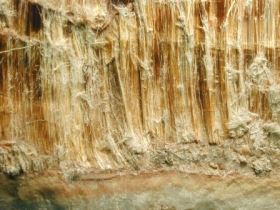

Legal and Health Regulations
Occupational Safety and Health Administration (OSHA)
In the United States, OSHA sets regulations and guidelines to protect workers from asbestos exposure in the workplace. These regulations include permissible exposure limits, respiratory protection requirements, and training standards for workers involved in activities that may expose them to asbestos.
Environmental Protection Agency (EPA)
The EPA regulates the handling, removal, and disposal of asbestos-containing materials to protect public health and the environment. The agency has established specific regulations for asbestos-containing materials in schools, workplaces, and residential buildings to prevent the release of asbestos fibers and reduce the risk of exposure.
Conclusion
While asbestos comes in various colors, including brown, it is important to remember that all types of asbestos pose serious health risks when their fibers are released into the air and inhaled. Brown asbestos, or amosite, was commonly used in the past but has been subjected to strict regulations and restrictions due to its association with respiratory diseases. Identifying and safely handling asbestos-containing materials, including those containing brown asbestos, is crucial for protecting both individuals and the environment from the harmful effects of asbestos exposure.


